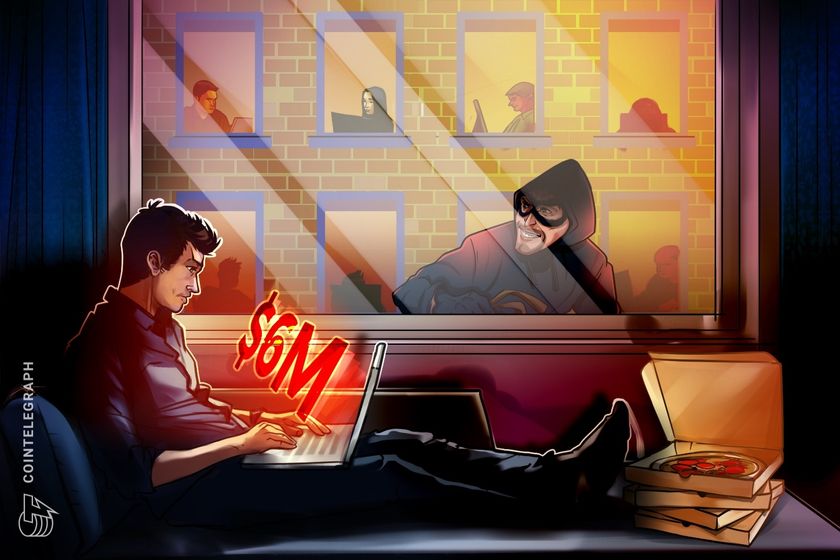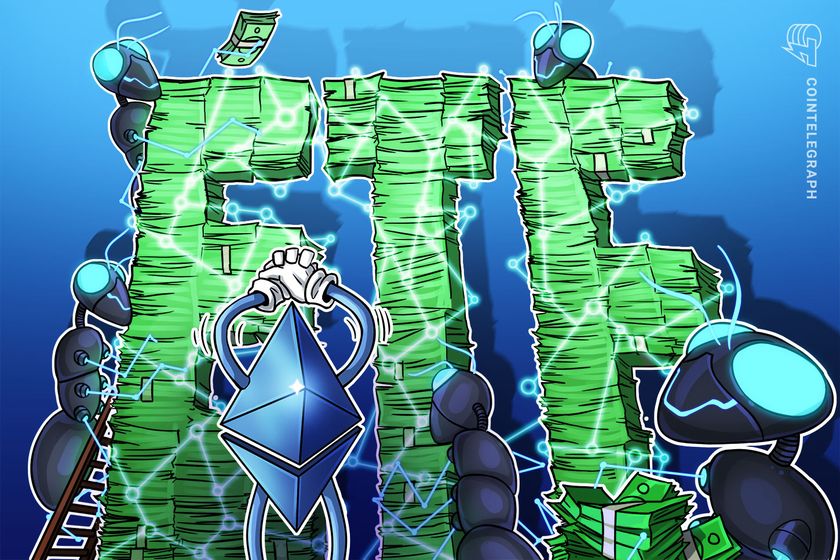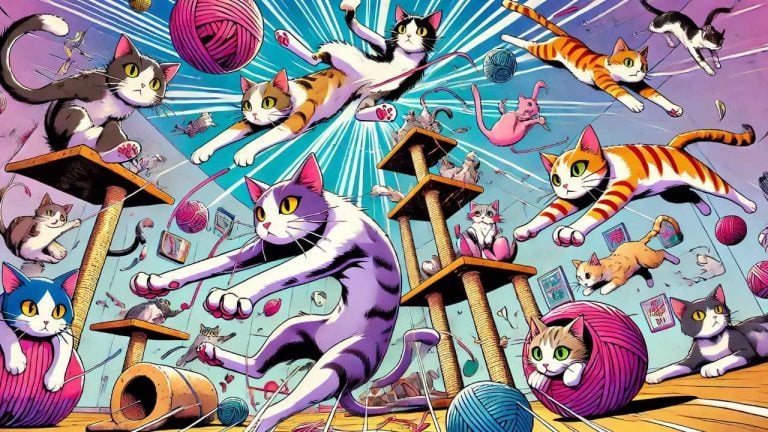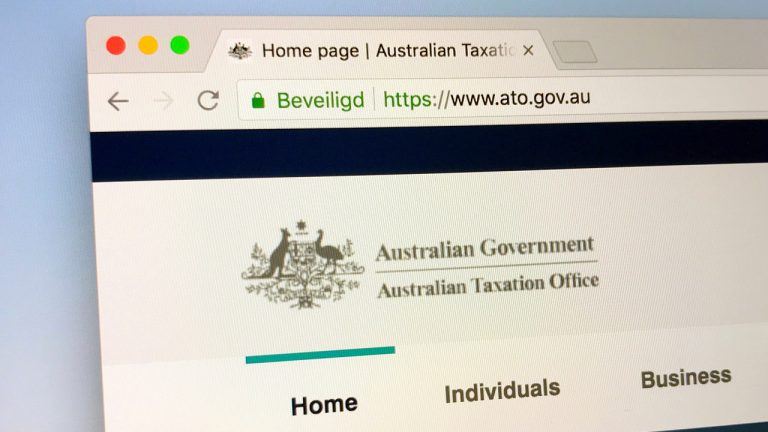NFTs are not just for art: As technology matures, more uses will emerge?

Some believe the hype around million-dollar NFT art and digital collectibles is warranted, with new use cases sure to emerge.
Before the age of smartphones allowed the average person on the street to snap a selfie with their favorite celebrity, autographs and signed memorabilia were highly sought after by collectors. Naturally, the value of these real-world, authentic and rare keepsakes are high and remain so today.
However, thanks to the utility of blockchain technology, digital collectibles are becoming the modern-day autograph or the one-of-a-kind, priceless piece of art. People need to look no further than the $69 million paid at auction for the now-famous “Everydays: The First 5000 Days,” a digital collage created by digital artist Mike Winkelmann, better known as Beeple.
The auction of the digital art piece, which featured some 5,000 pieces of digital art created by Winkelmann, is the most expensive NFT ever sold at auction by world-renowned auctioneers Christie’s. In one swift strike of the auctioneer’s gavel, a piece of crypto art not only rocked the world of digital collectibles but instantly brought NFTs into mainstream consciousness.
The world of art is not the only industry to be enjoying the fruits of NFTs’ popularity. Various sporting icons, brands and teams have entered the fray by minting trading cards and digital memorabilia that have also attracted million-dollar bids from sport-loving NFT collectors.
NFL veteran Rob Gronkowski set the bar high for the sport NFT space after his recent auction of a limited edition series of trading cards commemorating his four successful NFT campaigns. Each successful NFT title was represented by an NFT trading card consisting of 87 digital versions, while a fifth, one-of-one “Career Highlight Refractor Card” was created as a tribute to those four successful campaigns.
Gronk managed to sell a total of 349 trading cards at auction as well as the one-off Career Highlight card to 95 different owners. The total trading value of the auction was 1,014 Ether (ETH) valued at $1.8 million, with the one-off Career Highlight NFT selling for 229 ETH valued at around $435,000.
Digitally-signed tweets are also becoming highly valuable as NFTs. Twitter CEO and co-founder Jack Dorsey sold a tokenized version of his and the platform’s first-ever tweet for $2.9 million. The proceeds of the sale have been donated to an African charity that is supporting efforts across the continent to grapple with the ongoing COVID-19 pandemic.
Meanwhile, it’s debatable whether all the art pieces on offer bring value to the industry, as for example, some commentators, even outside the core crypto community, are starting to question the price tags of NFT art pieces, such as the single red pixel that was put up for sale for $900,000.
Nonfungible tokens have taken the cryptocurrency space by storm in 2021 as various forms of digital collectibles have attracted multi-million-dollar price tags. But are there more fruitful use cases for the burgeoning space than just selling NFTs as art?
A single red pixel selling as an NFT for $900,000. Hm. Right. Got it. pic.twitter.com/OM9DidPbA0
— Marques Brownlee (@MKBHD) March 25, 2021
As these astronomical values for various NFTs continue to astound onlookers, it begs the question of whether the prices being paid for digital collectibles are creating hype that takes away from other potentially more beneficial use cases for the NFT space.
Vitalik Buterin hopes NFTs support blockchain ecosystems
Ethereum co-founder Vitalik Buterin waded into the NFT discussion through a blog post on his website, outlining his hopes that NFTs are more widely used to fund or support efforts and organizations that work toward the benefit of social causes.
The Ethereum co-founder was addressing the relatively low percentage of funding that crucial elements of various blockchain infrastructure actually receive within their ecosystems. Using Ethereum as a prime example, Buterin painted a stark contrast between the roughly $37 million spent on daily block rewards and transaction fees and the annual $30 million spent on research, protocol development and grants of the blockchain ecosystem.
Buterin’s post explored the concept of legitimacy and how and what society deems as legitimate playing a crucial role in how accepted or used that object becomes: “Legitimacy is a pattern of higher-order acceptance.”
Buterin believes that that coordinated social behavior will enable the blockchain space to support platforms and ecosystems that reward and support the work that sustains them. However, he conceded that the current hype in the NFT space and the potential to realize large gains in value could be taking away from more beneficial outcomes, adding: “If the conception of legitimacy for NFTs can be pulled in a good direction, there is an opportunity to establish a solid channel of funding to artists, charities and others.”
Hype is warranted?
Other industry experts have also outlined their belief that the astronomical value of some of the leading NFTs is warranted while conceding that there could be more beneficial use cases for digitally verified collectibles.
Mattison Asher, who conducts research on Ethereum, NFTs and DeFi at ConsenSys, believes that favorable market conditions have played their part in some of the hefty prices paid for NFTs. However, he added that crypto native professionals have looked to give back to the space and support crypto artists as their portfolios have increased in recent months.
While Asher admits it’s difficult to say whether some of these NFTs are truly worth the prices paid for them, he believes that it’s an important psychological milestone for the industry and mirrors the burgeoning success of the cryptocurrency ecosystem:
“Both Beeple and the crypto industry as a whole have had to overcome an incredible amount of adversity in order to reach the level of success they are experiencing now. Similar to the crypto industry as a whole, Beeple has been creating digital works for years, often with little recognition. The work that Beeple auctioned tells the story of Beeple the artist but also reflects the story of crypto as a whole.”
Stephen Young, the founder of South African-based decentralized finance platform NFTfi, which allows users to stake their NFTs as collateral for a loan or offer loans to other users on their NFTs, believes that the hype and value being paid for NFTs is warranted, given that these projects have been developed and released through the cryptocurrency bear market.
However, ongoing monetary stimulus measures around the world have also seen asset prices inflated, which has spilled over into the world of cryptocurrencies and NFTs. Young told Cointelegraph that the popularity of NFT art and other collectibles is also influenced by the relatively low cost of minting and trading NFTs in their current forms and that it makes sense that art is the first form that reaches the mainstream, given the current limitations of the Ethereum network:
“Digital content doesn’t require nearly the same throughput as games, for example. With media, you only require transactions to mint and transfer the asset (which doesn’t happen all that often). For games and other applications, you need much higher throughput and lower cost. As things like Flow and Eth2 mature and become widely available, we should start seeing games and other use cases that require higher transaction throughput gain traction.”
Craig Russo, director of innovation at Polyient Games, told Cointelegraph that NFT use cases focused on digital art and other collectibles are the tip of the iceberg and will provide the basis for the space’s growth:
“NFTs are a very broad asset class that can function in a number of exciting verticals, and I do not believe the excitement around the creative use cases will be an impediment to growth in other verticals, especially as the technology continues to advance.”
Better use cases will reveal themselves
While NFT art and various digital collectibles continue to grab headlines and the greater imagination of the cryptocurrency ecosystem, it seems a natural progression for more use cases to be explored and developed in the coming months and years. NFTs could eventually make their way into various industries, with the potential for financial services and processes tapping into the technology.
Financial documents, including invoices, purchase orders and master data, could be turned into NFTs to help manage financial supply chain logistics. Gaming and tokenization of in-game assets have already emerged as prominent use cases, while NFTs also have the potential to be used in the insurance space, as well as for securitization and asset-backed lending.
Meanwhile, Young highlighted the fact that NFTs, in their most simple form, are just “unique digital things,” but the sheer amount of value being locked into the space will see these asset use cases multiply:
“As more and more value is locked up in NFTs, being able to use them as productive financial assets becomes very important and useful at the same time. Being able to use your NFTs in this way also makes them more valuable and useful. Over the coming years, as throughput on blockchains improve and the market penetration of crypto accelerates, we will see a number of blue ocean opportunities in the NFT space.”
Young noted that the design space for NFTs is broad in scope, and the potential of the space will expand from its current use in the art, collectibles, gaming and metaverse domains into ticketing/memberships, loyalty programs, financial contracts, tokenization of real-world objects, intellectual property and patents, to name just a few.
Asher suggested that NFTs as ownership contracts are currently an underexplored area that could also become an important use case, while the art and gaming industries will continue to drive their use:
“NFTs as art will continue to gain adoption. Certain types of contracts, in-game assets and tickets will also be constructed within an NFT structure. We are just at the beginning of experimenting with all of the various forms NFTs can take and what they can represent.”
Russo believes that the next major growth inflection point for the NFT market will be focused on gaming and decentralized finance: “Right now, the market is capable of understanding NFTs as something you can buy, sell or hold. The next stage of this market will be driven by what you can actually do with the asset class.”
As these industry experts outline, the possibilities of NFTs are as seemingly endless as the blockchain technology that powers them. There’s plenty of attention on NFTs, and it seems like it’s only a matter of time before new, exciting use cases emerge.









